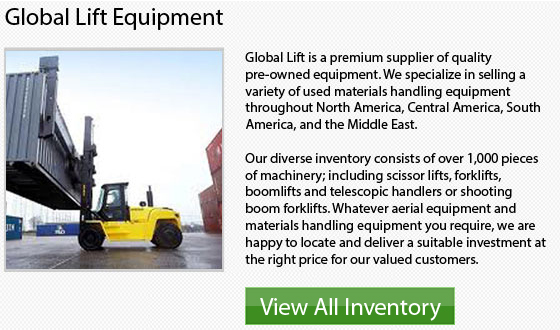
Lift trucks are mobile machinery that use 2 forks or prongs to be able to place cargo into positions that will normally be difficult to reach. Usually, lift trucks fall into 2 major categories: rough-terrain and industrial.
Industrial forklifts are most commonly used around train and truck loading docks in addition to a lot of warehouse operation. These machinery have smaller tires that are engineered to run on paved surfaces. Usually, industrial lift trucks are powered by an internal gasoline engine running on diesel fuel or propane.
There are several smaller industrial forklift units which use an electric motor running off an internal battery. As the name implies, rough terrain forklifts are engineered to run on rough and unpaved surfaces. Normally, they are the ideal option for construction and military operation. Rough terrain forklifts usually have big pneumatic tires that are usually powered by internal industrial engines that run on propane, diesel or propane fuel. These forklift units could have a telescoping boom, that could lift loads up and out from the equipment's base or they may utilize a vertical tower, which is responsible for carrying loads straight up.
The rough terrain lift truck emerged in 1946, after a 2 pronged lift attachment was attached to a tractor chassis or a power buggy. This initial equipment was used around construction sites and can raise to a height of 30 inches or 76 cm and had a lifting capacity can lift 1000 pounds or 454 kg. Vertical tower forklifts were quickly developed for industrial application and rough terrain forklifts became popular too. By the time the 1950s came around, there were models available that can raise up to heights of 9 meters or 30 feet and had lift capacities of 1135 kg or 2500 pounds.
In the year 1958, the original 4-wheel drive rough terrain lift truck was introduced with a capacity of 6000 lbs. or 2724 kg and had a lift height of 7 meters or 22.5 feet or 3000 lbs. or 1362 kg and 35 feet or 11 meters. The first telescoping boom rough terrain lift truck emerged on the market during 1962. This particular model enabled loads to be placed out from the base of the machine both below and above grade.